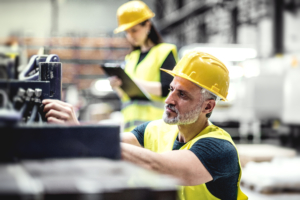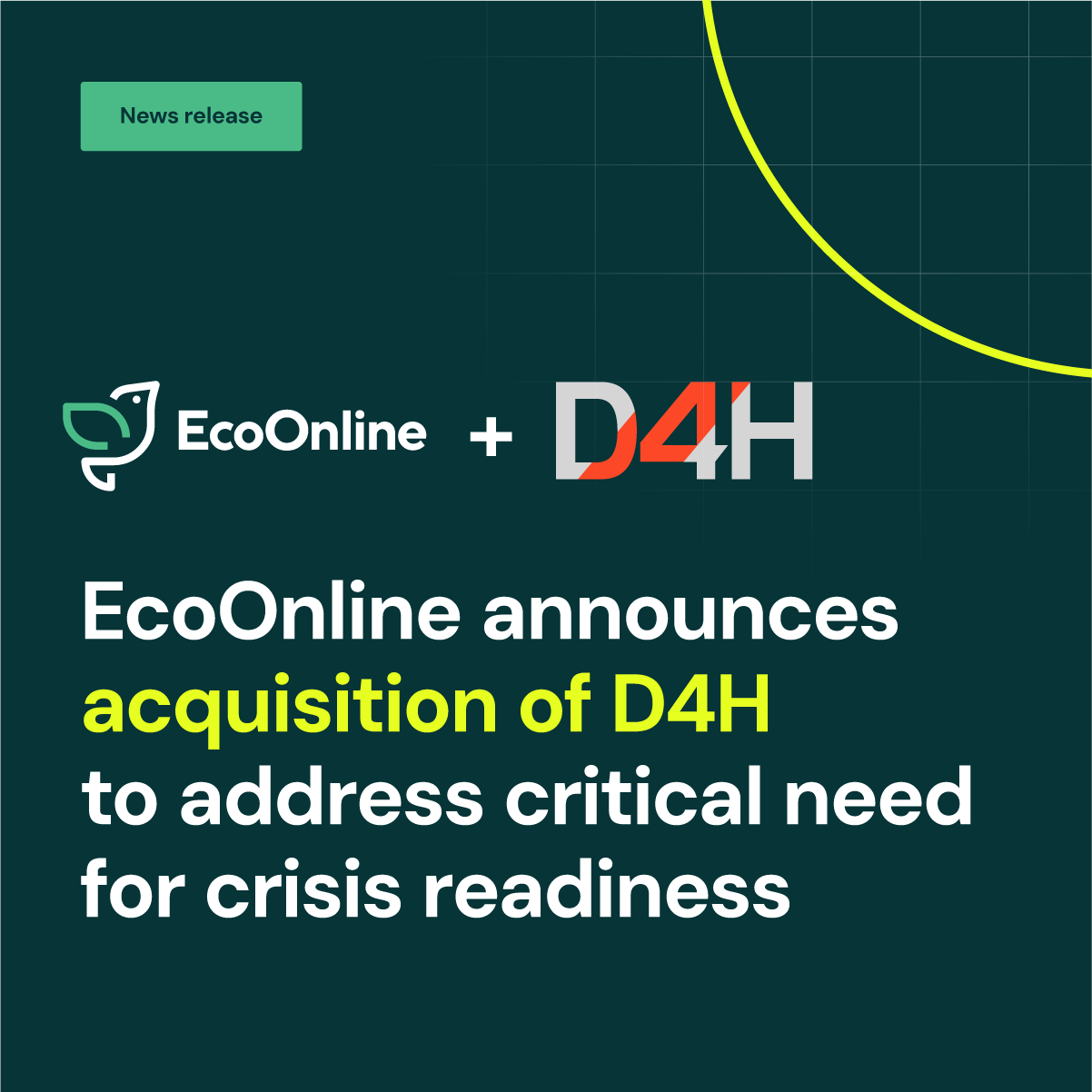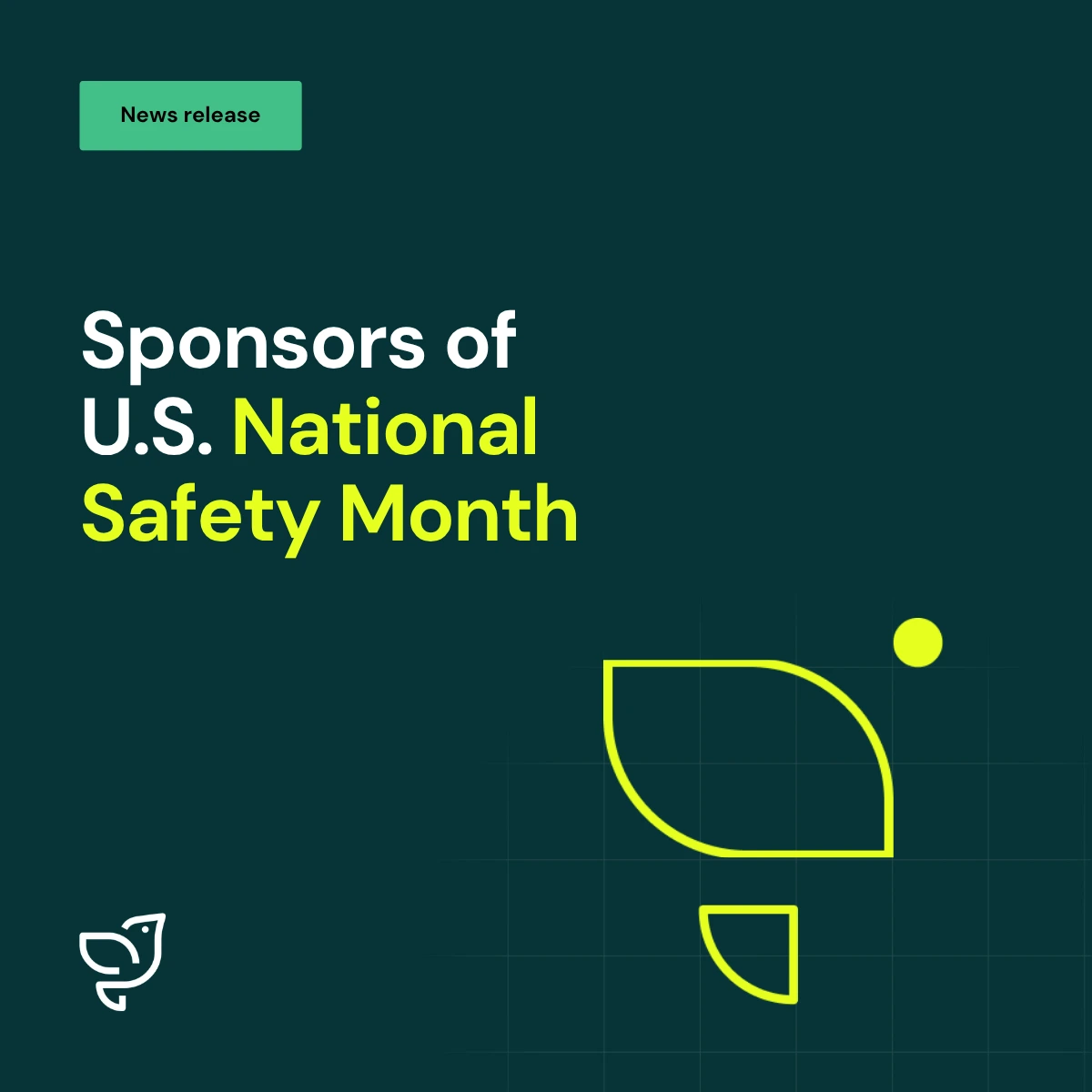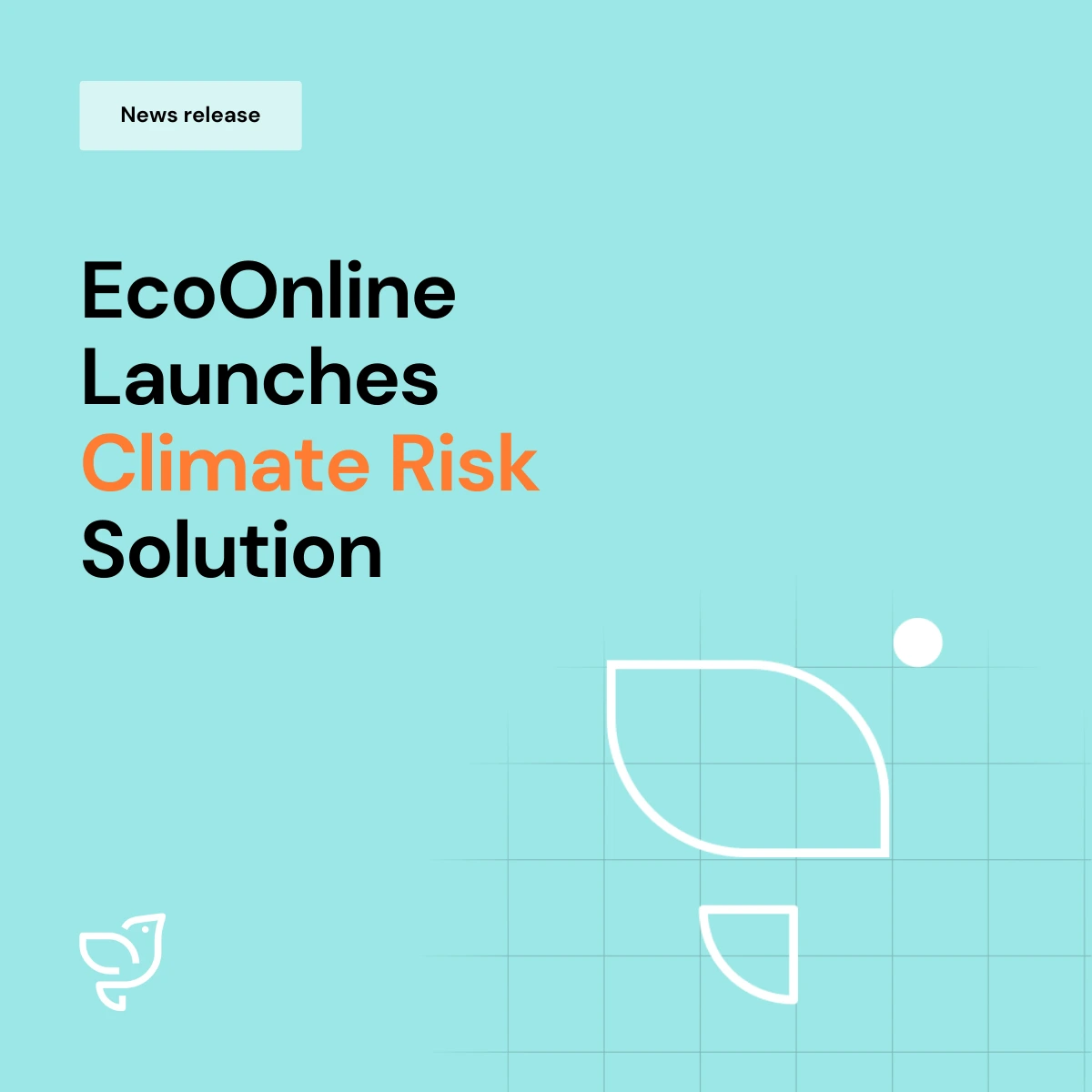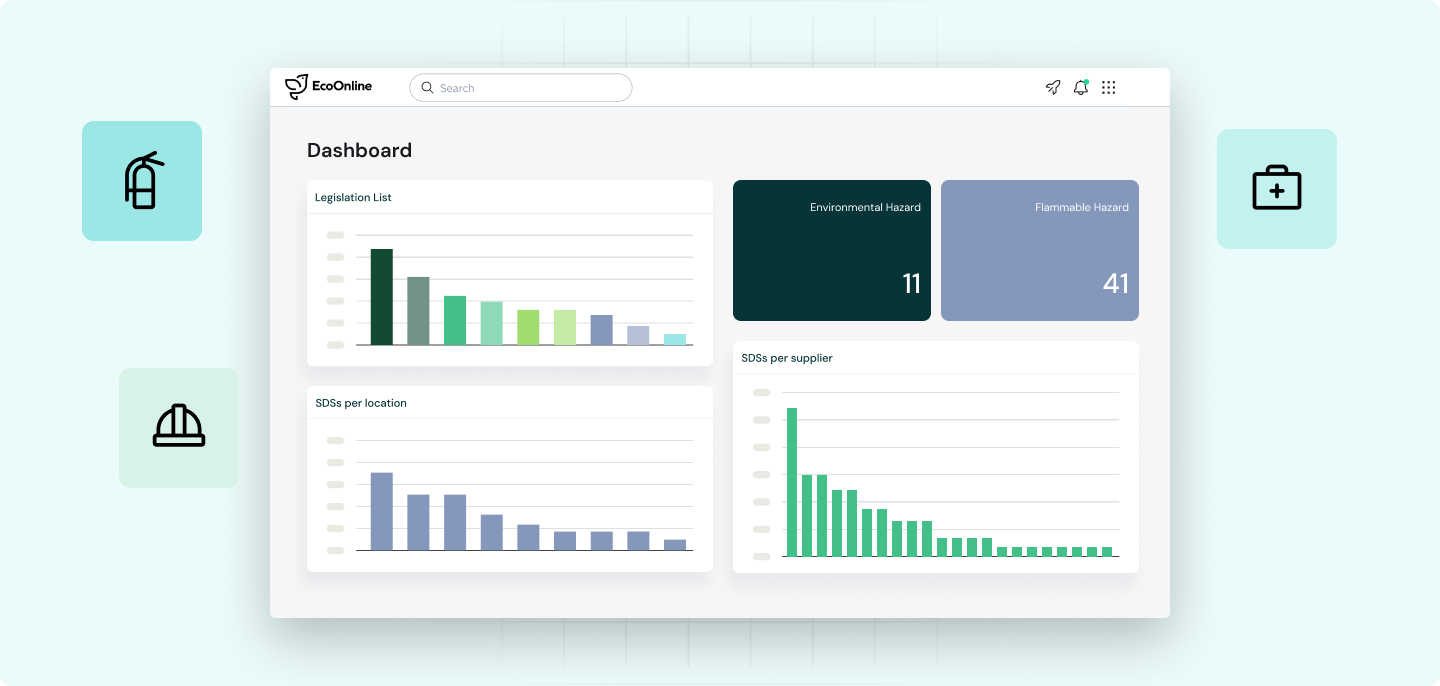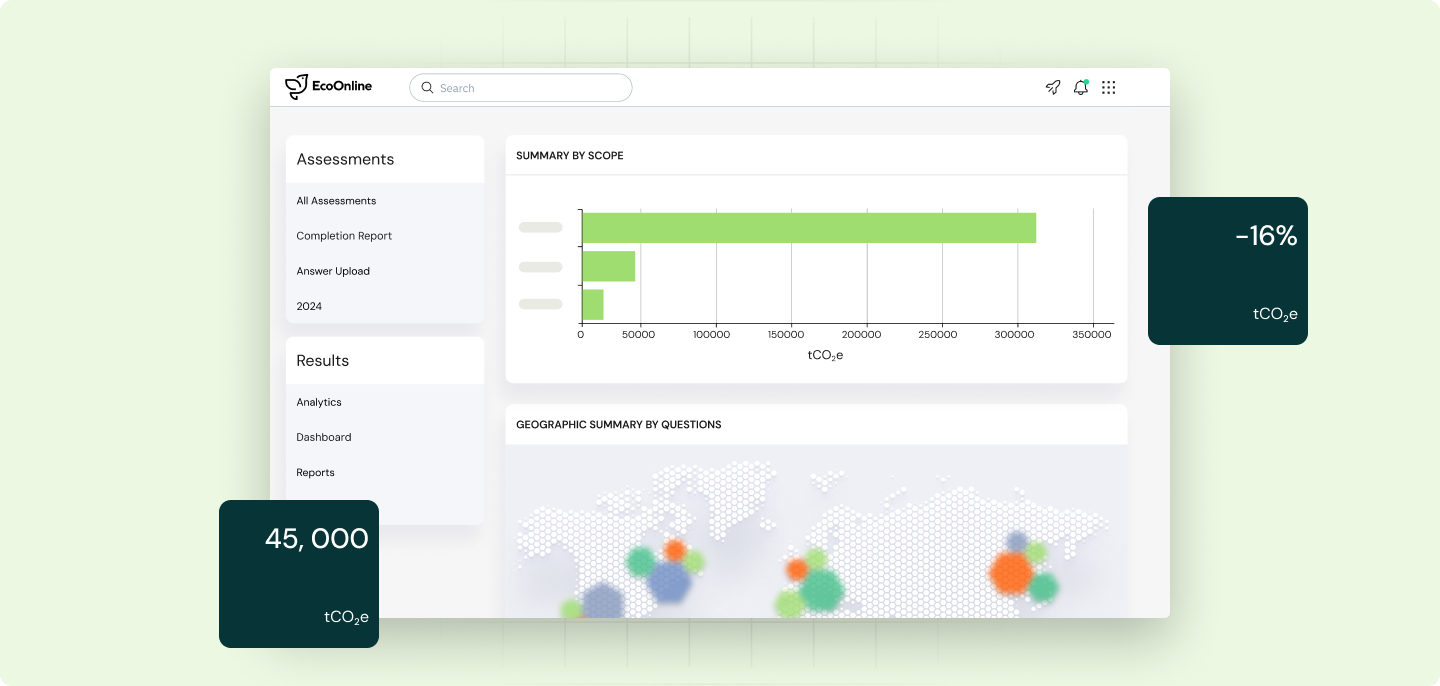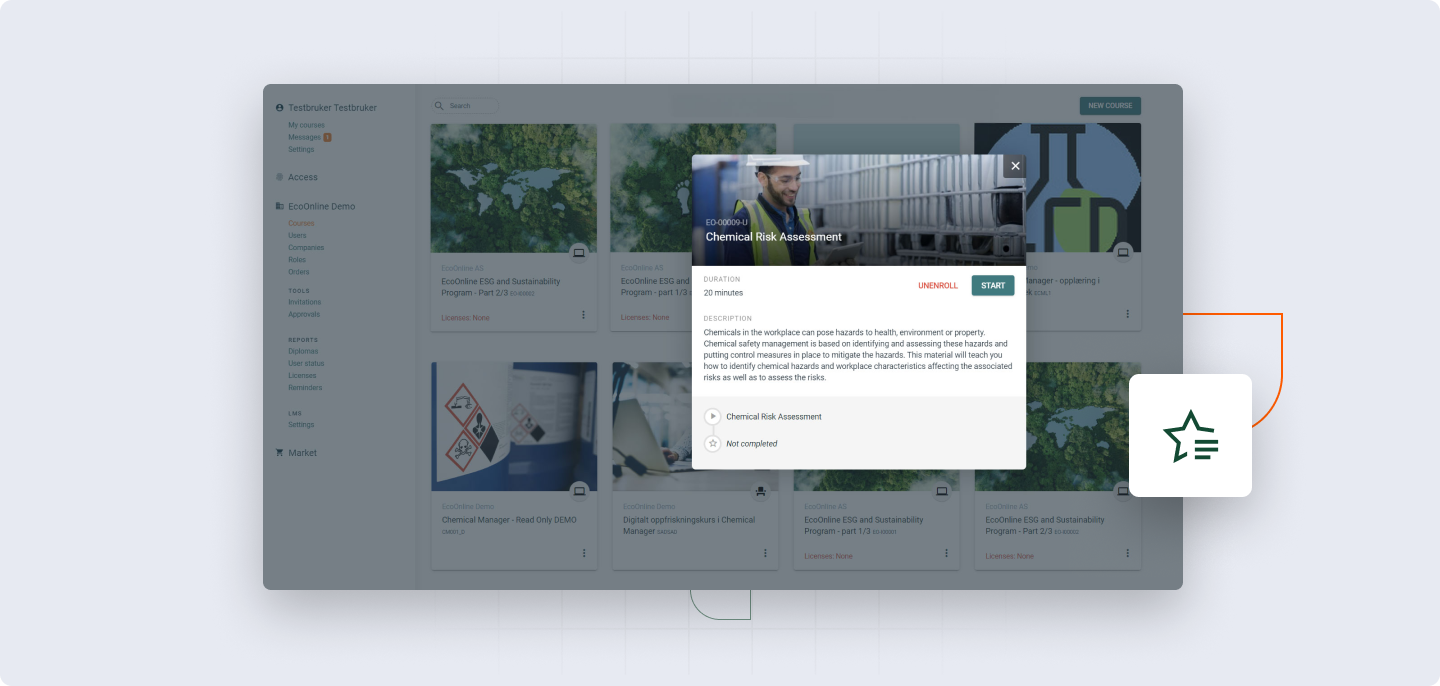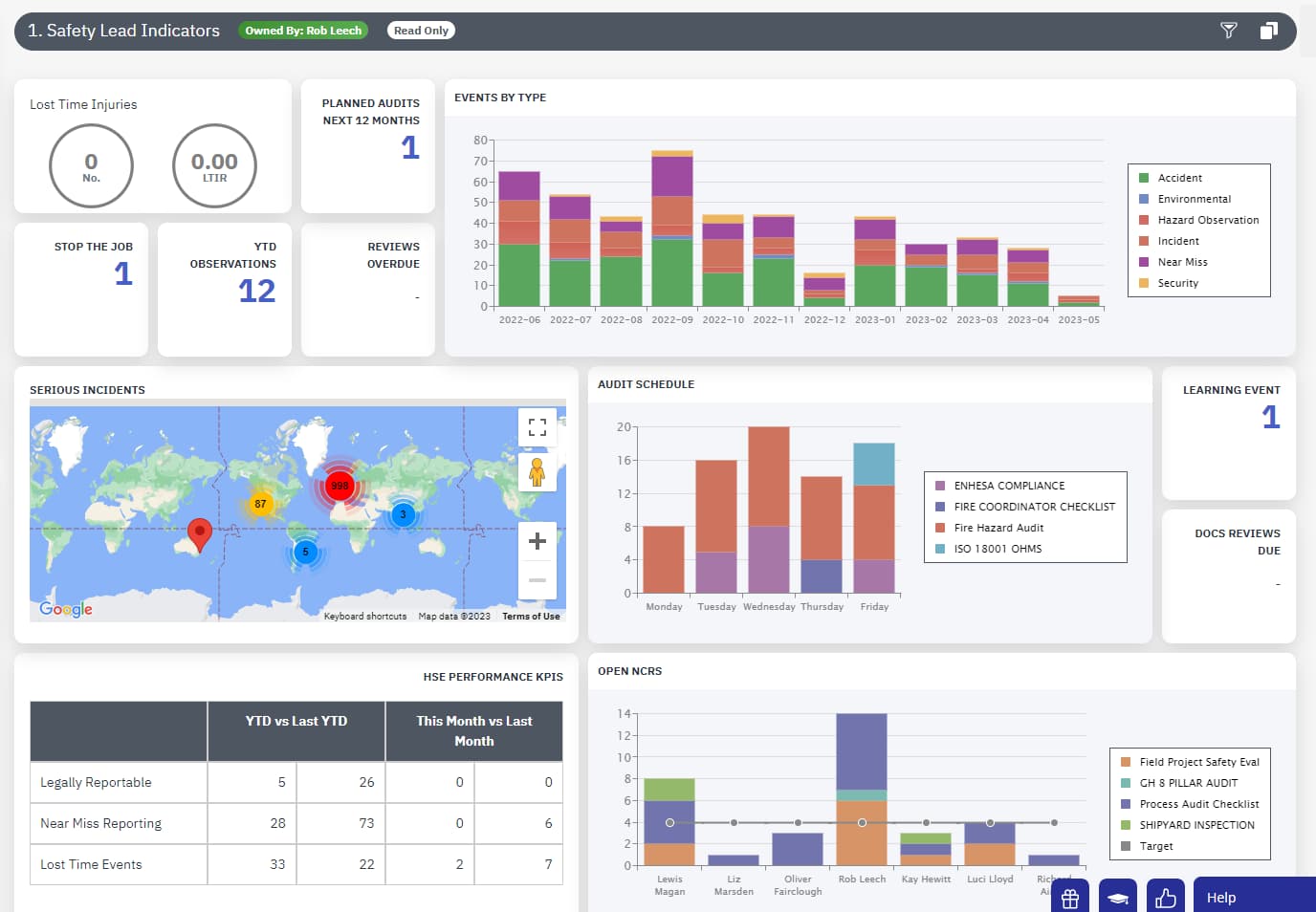Access reliable 24/7 outsourced monitoring software
Gain peace of mind. Outsourced monitoring software provides constant industry-accredited protection for your lone workers through advanced monitoring capabilities.
“I really find this a great and easy user-friendly system, easy to teach new users.”
Bill D
Senior Site Manager
“User friendly Chemical Inventory list with easy access to SDS.”
Remy H
Senior Engineer
“This is a must for any business.”
Mandy H
Health and Safety Manager
Our Lone Worker solutions keep over 100,000 employees safe globally every day
Is protecting lone workers placing needless admin strain on your internal teams?
Protecting your lone workers is essential, but it often comes at a cost.
Particularly if you’ve got a large workforce and especially if you conduct out-of-hours operations. Not everyone has the internal resources to monitor lone worker safety 24/7.
So, what’s the solution?
The answer starts with outsourced monitoring.

Over 100,000 employees kept safe globally every day

Monitoring partners are accredited to North American standards

Direct link with emergency services

StaySafe Lone Worker software is BS 8484* accredited
Lone worker safety.
Ensuring the safety of lone workers is a critical aspect of workplace health and safety. In critical situations, enhancing safety for lone workers requires timely intervention and robust emergency response capabilities. Our solutions are designed to provide comprehensive support and protection for employees who work alone.
A reliable monitoring service is crucial for effective management of missed check-ins and help requests. Our 24/7 availability and advanced automated alert monitoring ensure that each client’s needs are met while maintaining compliance with regulatory requirements. By outsourcing your lone worker monitoring, you can focus on your core business activities while ensuring the safety and well-being of your employees.
Combine outsourced monitoring with the power of our lone worker app and rest assured that your lone workers have round-the-clock protection.
Lone worker devices are essential tools for reducing the risk of accidents for individuals working alone or in isolated areas. These devices contribute significantly to enhancing safety by providing real-time location tracking, automatic alerts, and regular wellness check-ins across various industries.
Speak with an expert today to discover how to access a lone worker safety app that provides round-the-clock protection and responds to incidents no matter when or where they take place. These apps also feature real-time location monitoring, allowing for quick tracking of workers, especially during emergencies, thereby enhancing safety and ensuring timely intervention in critical situations.

Whatever your industry, whatever their location – provide your lone workers with accredited outsourced monitoring
- Your app users and monitoring hub are linked to a 24/7 Alarm Receiving Centre (ARC), which is one of the key features ensuring continuous safety and security
- Alerts are responded to according to your pre-agreed procedures
- ARC’s can issue a Unique Response Number which requests a direct response from the police and bypasses the 911 service
- Accredited monitoring stations must have measures to protect the ARC from fire and attack, so protection for your employees is never compromised
- Another critical feature is fall detection, which utilizes sensors to identify sudden motion changes indicating a fall. This triggers automatic alerts to monitoring services for immediate assistance, ensuring timely response and preventing severe injuries in hazardous environments.
20+ YEARS OF EXPERIENCE
Trusted by 11,000+ customers worldwide
With knowledge from 90 different industries, we have developed our platform to make sure it tailors to your needs.
“We can now extract, trend, and analyze the data with live reports and dashboards. This gives us a 360-view of all hazards, with access to real-time data.”
Graham Cowing,
VP of Group Safety Standards, Menzies Aviation

Regulatory framework
The regulatory framework surrounding lone worker safety varies by country and industry, but most organizations are required to provide a safe working environment for their employees. Lone worker regulations often require organizations to conduct risk assessments, develop safety protocols, and provide training to employees who work alone. Organizations must also ensure that they have the necessary safety devices and monitoring systems in place to protect lone workers.
Failure to comply with lone worker regulations can result in fines, penalties, and damage to an organization’s reputation. By understanding the regulatory framework and implementing effective lone worker safety solutions, organizations can minimize the risk of non-compliance and ensure a safe working environment for their employees.
It’s time to reap the benefits of linking your app users and monitoring hub to accredited outsourced monitoring
Implement outsourced monitoring and know any lone worker incident will be responded to by a dedicated monitoring team according to your pre-agreed procedures.
Unlock the time saving upsides of linking your lone worker app and monitoring hub to an alarm receiving centre that’s staffed 24/7. Our system also handles missed check-ins by alerting relevant parties through various communication methods, ensuring prompt responses even when designated monitors are unavailable.
Choose EcoOnline and rest assured that we will work with you and your chosen monitoring station to ensure a seamless integration.
Industries that can benefit from outsourced monitoring services
Various industries can benefit from implementing lone worker safety solutions, including healthcare, construction, utilities, and transportation. These industries often require employees to work alone or in remote locations, making them more vulnerable to accidents and injuries. By implementing lone worker safety devices and monitoring systems, organizations in these industries can reduce the risk of accidents and ensure that employees receive prompt emergency assistance when needed.
Other industries that can benefit from lone worker safety solutions include retail, hospitality, and agriculture. Any organization that has employees who regularly work alone or in isolation can benefit from implementing lone worker safety solutions.
Implementing a lone worker safety program requires careful planning, training, and monitoring. Organizations must first conduct a risk assessment to identify potential hazards and develop strategies to mitigate them. Employees who work alone must be trained on the use of lone worker safety devices and protocols, such as check-ins and emergency procedures.
Organizations must also ensure that they have the necessary infrastructure in place to support lone worker safety, including monitoring systems and emergency response plans. Regular training and drills can help ensure that employees are prepared to respond in emergency situations and that the lone worker safety program is effective.

